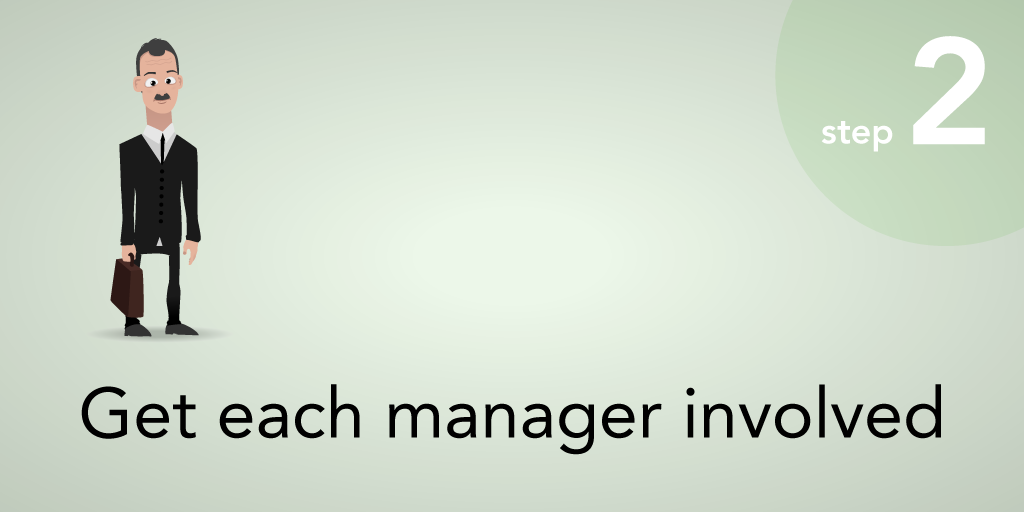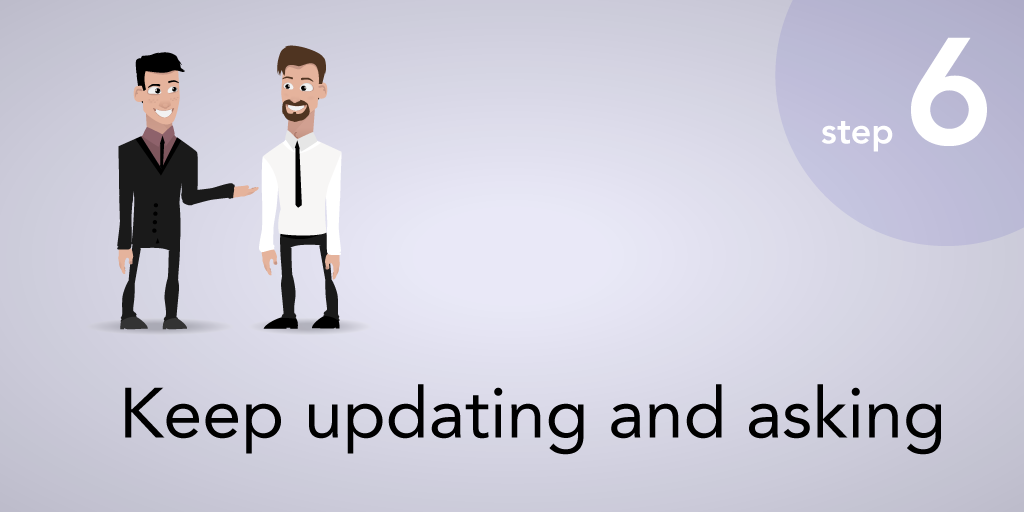6 steps to execute a successful employee engagement strategy
Earlier last year I was reading an article about re-thinking employee engagement in Deloitte Review, Becoming irresistible: A new model for employee engagement. There was a sentence that stuck in my mind:
“After decades of corporate discourse about the war for talent, it appears that the battle is over, and talent has won.”
It’s a great piece of content, that’s just as valuable today as it was 12 months ago. It’s still an employee-driven market, but have all companies quite come to terms with that yet? And have they, as this article encourages them to do, expanded their thinking about what employee engagement really means?
I won’t repeat the content, I simply urge you to read the article; it will provide you with an employee engagement model that will make your company irresistible. What I want to be able to do is provide you with a simple employee engagement strategy that will help you get the right feedback out of your employees, and make the most of it once you get it.

An employee opinion survey isn’t a new concept by any means. You no doubt have one in place at your company, but are you getting what you need out of them? Do you really understand what’s going on and how the employees really feel? Most companies are finding the traditional annual or bi-annual survey just isn’t cutting the mustard for today’s workforce; often being perceived as being an arduous, tick-box exercise that delivers very little changes.
In order to get accurate and real-time insight into how employees are feeling, they need to be asked little and often. You can do this in a number of ways and there should be variety. Using the intranet makes it quick, easy and accessible, even to remote workers, as does including it as an agenda item in team meetings. You could even introduce a company-wide initiative – there’s an employee engagement eBook coming out next week with further ideas around this (follow us so you don’t miss out on its release).
Getting feedback in this way not only makes the information much more manageable as you’ll be able to address one or two priorities at a time, but employees will feel more engaged as a result. The more used to this style your employees become, the more it becomes a part of the culture. Employees will feel more comfortable about answering questions and give you more honest results.

Of course to really make an impact, everyone needs to take personal responsibility. This means the employees themselves, managers and the senior team. Managers also have a responsibility to be the voice of their team. They should have an awareness of how their team is feeling, and how to respond if there is any evidence of disengagement.
To see if they are aligned, consider asking managers to complete a score card and compare the results. This can be just as easy to do and if it’s online it will capture a higher audience reach.
It is worth bearing in mind that this may highlight an engagement issue with management itself. After all, Gallup revealed the main factor in workplace discontent is not wages, benefits or hours, but the boss. However tricky this may be, it’s a big positive that you’re given the opportunity to address it.

All too often the first team to see the results are HR and comms. The results are only shared with employees once they’ve been processed, perhaps when an action plan has already been decided, or sometimes they are not even shared at all.
The results shouldn’t be held back, after all the employees know how they’ve answered! It will take everyone a while to process the information and no one will expect answers straight away. By sharing immediately you are showing full transparency and that you value all feedback.
What employees will expect is information around the way you’re going to approach it…

It’s not unusual to find that changes implemented from a survey are decided based on what the senior team feel is what the employees are looking for. This may not always be the case, so even if the good intention is there, it makes the whole process quite pointless and frustrating for all.
Employee contribution in this process shouldn’t just stop at answering a few questions. They will also have ideas as to how to make the changes that will improve their engagement. You could set up groups in teams, across departments or even management groups (if the results require management behaviour to be considered).
There needs to be facilitator in the groups – there isn’t a problem solver at this stage. Each topic should end with the question, ‘What would have to happen to give this a top score the next time we ask?’ This is a great way to focus minds and it enables your employees to offer more targeted solutions.

At the risk of sounding like a broken record, get employees involved in making changes – they will take responsibility to make the changes that will improve their working lives. Consider creating working groups with representatives across the company. This will uncover any hidden knowledge or expertise within the business and remain inclusive keeping teams informed through their peers.
Of course this isn’t always going to be the right solution, especially with more sensitive issues. And some will be easier to address than others, requiring just one person to own the action keep everyone updated.

This is crucial! Employees need to see what’s going on in order to keep their engagement and encourage them to continue answering honestly. This doesn’t just mean sharing the good bits. If something can’t be done – tell them. As long as you have a reasonable explanation and an alternative solution (even if it’s going back to the drawing board), it won’t be a problem. By keeping everyone updated you will also find people offer suggestions and you will uncover expertise you didn’t even know existed.
Of course the more positive news you can share, the better. Set realistic timescales so this isn’t the issue. Ask everyone involved what they think is realistic around their day-to-day tasks.
Most importantly of all, out of sight is not out of mind! Once the changes have been implemented, don’t just close the action. Keep checking how employees are feeling and whether they can notice a difference and what further suggestions they have. Essentially, think of this as cycle.
